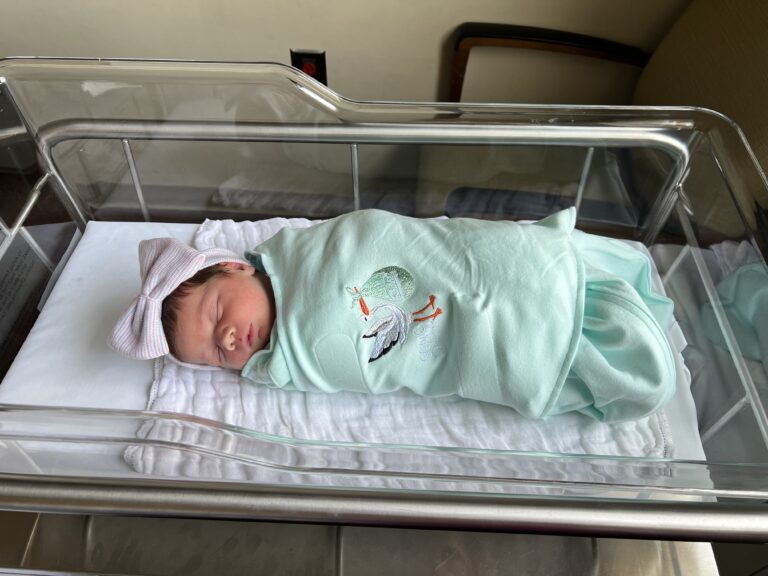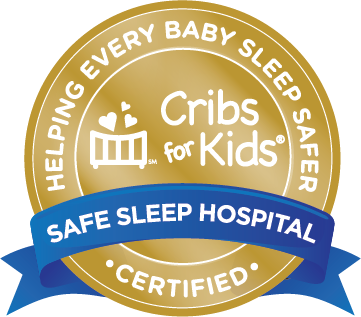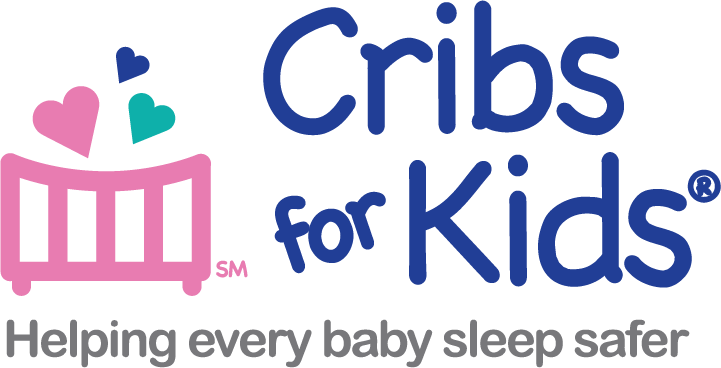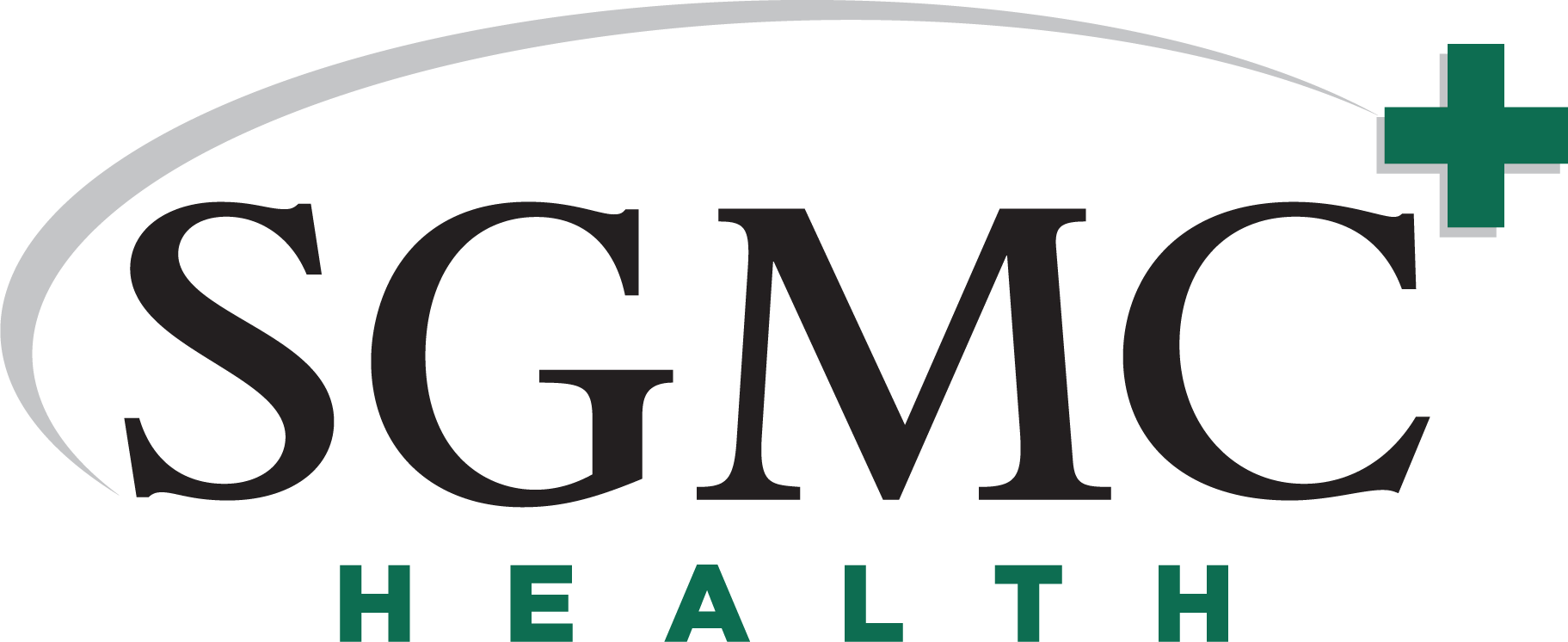
Why safe sleep matters
According to the CDC (Center for Disease Control), there are around 3,400 sleep related deaths among babies in the United States each year. Safe sleep practices are designed to reduce the chances of Sudden Infant Death Syndrome (SIDS), accidental suffocation, and other deaths related to unsafe sleep practices. Thanks to safe sleep practices, sleep related deaths like SIDS are on the decline, however, it is important that all health providers, parents, and caregivers know how to create a safe sleep environment:
Place your baby on his or her back for all sleep times—naps and at night. Even if a baby spits up during sleep, babies’ anatomy and gag reflex help prevent them from choking while sleeping on their backs. Babies who sleep on their backs are much less likely to die of SIDS than babies who sleep on their sides or stomachs.
Use a firm, flat (not at an angle or inclined) sleep surface, such as a mattress in a safety-approved crib covered only by a fitted sheet. Some parents and caretakers might feel they should place their baby on a soft surface to help them be more comfortable while sleeping. However, soft surfaces can increase the risk of sleep-related death. A firm sleep surface helps reduce the risk of SIDS and suffocation.
Keep your baby’s sleep area (for example, a crib or bassinet) in the same room where you sleep, ideally until your baby is at least 6 months old. Accidental suffocation or strangulation can happen when a baby is sleeping in an adult bed or other unsafe sleep surfaces. Sharing a room with your baby is much safer than bed sharing and may decrease the risk of SIDS by as much as 50%. Also, placing the crib close to your bed so that the baby is within view and reach can also help make it easier to feed, comfort, and monitor your baby.
Keep soft bedding such as blankets, pillows, bumper pads, and soft toys out of your baby’s sleep area. Additionally, do not cover your baby’s head or allow your baby to get too hot. Some parents may feel they should add sheets or blankets to their baby’s crib to help keep their baby warm and comfortable while sleeping. However, sheets, comforters, and blankets can increase the risk of suffocation or overheat your baby. If you’re worried about your baby getting cold during sleep, you can dress them in sleep clothing, like a wearable blanket. In a Pediatrics report, CDC scientists and colleagues found that infant suffocation deaths during sleep were most frequently due to soft bedding, such as blankets and pillows.
Cribs for Kids safe sleep certification

SGMC Health is recognized by the National Safe Sleep Hospital Certification Program as a Gold Safe Sleep Hospital for its commitment to best practices and education on infant safe sleep.
SGMC Health Birthplace professional staff screen all babies born at the hospital to ensure every newborn has a safe space to sleep at home. Through a partnership with the SGMC Foundation, babies identified as needing a safe sleeping place are provided a bassinet. In addition, the Foundation also provides a new swaddle to each family featuring “back is best” embroidery to remind caregivers of proper sleep positioning. These swaddles are given at no cost thanks to generous donations.
Founded in 1998 by Judith A. Bannon, Cribs for Kids is a national infant safe-sleep education program that helps to reduce the risk of injury and death of infants due to accidental suffocation, asphyxia, or undetermined causes in unsafe sleeping environments. Visit cribsforkids.org for more information.

